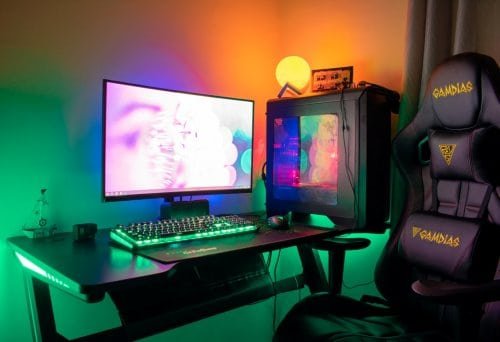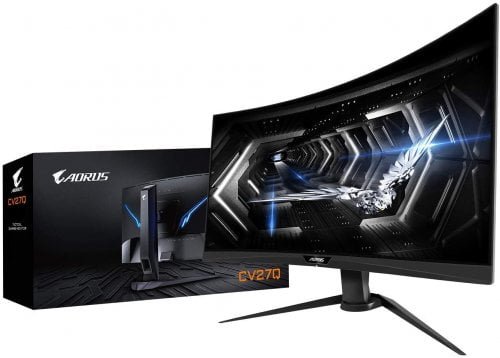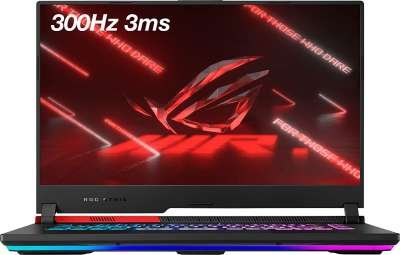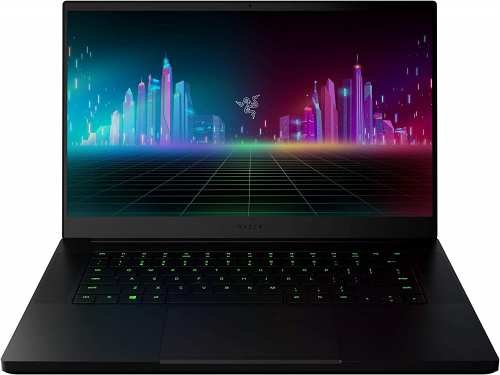Gaming laptops have become a popular choice among gamers due to their portability and powerful performance. One of the common questions that arise when using a gaming laptop is whether it can connect to multiple monitors. In this article, we will explore the capabilities of gaming laptops regarding multi-monitor setups and how you can optimize your gaming experience by utilizing multiple displays.
Understanding Multiple Monitor Setups
Before we delve into whether gaming laptops can connect to multiple monitors, let’s understand the concept of multiple monitor setups. Multi-monitor setups involve connecting two or more monitors to a single computer, extending the screen real estate and allowing for a more versatile computing experience. Gamers often utilize this setup to enhance their gaming immersion, increase productivity, and multitask efficiently.

Ports and Connectivity
To connect multiple monitors to a gaming laptop, you need to consider the available ports and connectivity options. Commonly used ports include HDMI, DisplayPort, and USB-C. Each port has its advantages, and compatibility may vary depending on your laptop model.
- HDMI: High-Definition Multimedia Interface (HDMI) is a standard port found in most gaming laptops. It allows you to connect to external displays with ease, supporting both video and audio transmission.
- DisplayPort: DisplayPort is another popular choice, offering higher bandwidth and supporting higher resolutions and refresh rates. Some gaming laptops may have mini DisplayPort connectors.
- USB-C: The USB-C port is versatile and can support multiple functions, including video output. It is often found in modern gaming laptops and can be used with compatible monitors.
Configuring Multiple Monitors
Once you have connected the monitors, you can configure the display settings based on your preferences and gaming requirements.

Extended Display Mode
The extended display mode expands your desktop across multiple monitors, providing a larger workspace. In gaming, this mode allows you to see more of the in-game environment, enhancing your situational awareness.
Mirrored Display Mode
The mirrored display mode duplicates your laptop’s screen on multiple monitors. While it might not be ideal for gaming, it can be useful for presentations or demonstrations.
Surround Gaming
Some gaming laptops support Surround Gaming, a technology that creates an immersive gaming experience by stretching the game’s visuals across multiple displays. This mode requires specific hardware and software support.
Performance Considerations
When using multiple monitors for gaming, performance is a crucial factor to consider.
Graphics Card
A powerful graphics card is essential for running games smoothly on multiple displays. High-end gaming laptops usually have dedicated GPUs that can handle multi-monitor setups effectively.
Refresh Rates and Resolutions
Ensure that your monitors support similar refresh rates and resolutions to avoid visual discrepancies during gaming. Mismatched settings might result in a subpar experience.
System Requirements
Verify that your gaming laptop meets the system requirements for multi-monitor gaming. High-resolution and high-refresh-rate displays demand more processing power.

Tips for Gaming with Multiple Monitors
To optimize your multi-monitor gaming experience, consider the following tips:
Choosing the Right Monitors
Select monitors with fast response times and minimal input lag to prevent delays and ghosting during gaming.
Cable Management
Organize your cables to reduce clutter and ensure a clean gaming setup.
Display Arrangement
Position your monitors in a way that suits your gaming style and provides a comfortable viewing angle.
Troubleshooting Common Issues
In some instances, you may encounter issues when setting up multiple monitors for gaming. Common problems include:
Display Detection Problems
Your laptop may fail to detect all connected monitors. Troubleshoot this by updating drivers and checking cable connections.
Flickering Screens
Flickering screens could be due to refresh rate mismatches or faulty cables. Adjust settings and replace cables if necessary.
Performance Drops
If you experience performance drops during gaming, consider reducing in-game settings or upgrading your laptop’s hardware.

Advantages of Multi-Monitor Gaming
Multi-monitor gaming offers several benefits that enhance your gaming experience and productivity.
Enhanced Field of View
Expanding your field of view allows you to spot enemies or objects that may have been outside the scope of a single monitor setup.
Improved Productivity
When not gaming, multiple monitors enable you to multitask efficiently, making it easier to manage tasks simultaneously.
Immersive Gaming Experience
Surround Gaming delivers an immersive experience, pulling you deeper into the virtual world of your favorite games.
Disadvantages of Multi-Monitor Gaming
Despite its advantages, multi-monitor gaming has some drawbacks worth considering.
Cost
Setting up multiple monitors can be expensive, as you need to invest in additional displays and compatible hardware.
Space Constraints
Not everyone has the space for a multi-monitor setup, especially if you require large displays.
Compatibility Issues
Compatibility problems between your gaming laptop and monitors might arise, leading to frustrating experiences.

Alternatives to Multiple Monitors
If setting up multiple monitors isn’t feasible, consider these alternatives:
Ultrawide Monitors
Ultrawide monitors offer a wide aspect ratio, providing a similar immersive experience to multi-monitor setups.
Curved Monitors
Curved monitors wrap the display around your field of vision, creating a more engaging gaming experience.
Virtual Surround Gaming
Virtual Surround Gaming software can mimic the effect of multiple monitors using a single display.
Best Practices for Multi-Monitor Gaming
Follow these best practices to ensure an optimal multi-monitor gaming experience:
Monitor Calibration
Calibrate your monitors to maintain consistent colors and brightness levels across all displays.
GPU Overclocking
Overclocking your GPU can provide a performance boost, but be cautious and monitor temperatures.
Cooling Solutions
Ensure your laptop and monitors are adequately cooled to prevent overheating during extended gaming sessions.
Future Trends in Multi-Monitor Gaming
As technology advances, we can expect more gaming laptops to support even more seamless and immersive multi-monitor experiences.
Can any gaming laptop support multi-monitor setups?

While most modern gaming laptops support multi-monitor setups, it’s essential to check your laptop’s specific ports and capabilities.
Do I need to buy identical monitors for multi-monitor gaming?

While identical monitors are preferred, you can mix and match displays with similar resolutions and refresh rates for a satisfactory experience.
Is Surround Gaming supported on all gaming laptops?

No, Surround Gaming requires specific hardware and software support, which may not be available on all gaming laptops.
Will multi-monitor gaming affect my laptop’s performance?

Multi-monitor gaming can demand more resources from your laptop, potentially affecting performance. Ensure you have a capable GPU and sufficient RAM.
Can I use a TV as one of the monitors for multi-monitor gaming?

Yes, you can use a TV as one of the monitors, provided it has compatible input ports and supports the desired resolutions and refresh rates.
Conclusion
In conclusion, gaming laptops can indeed connect to multiple monitors, opening up a world of possibilities for gamers and professionals alike. With the right hardware, setup, and optimizations, you can enjoy an enhanced gaming experience and increased productivity. Embrace the potential of multi-monitor gaming and take your gaming sessions to a whole new level.
